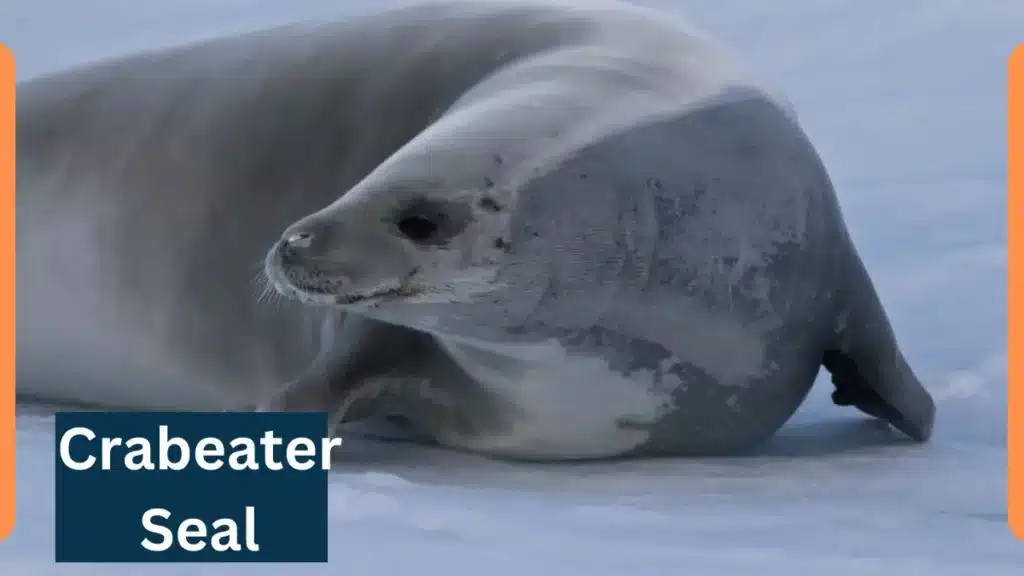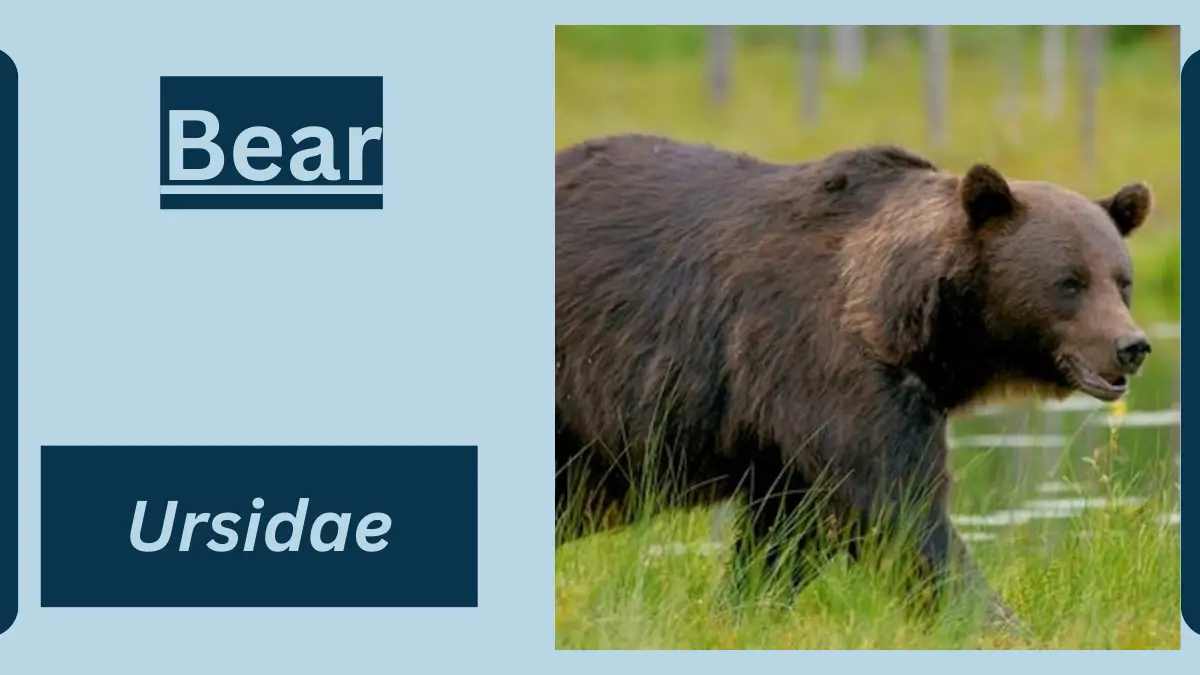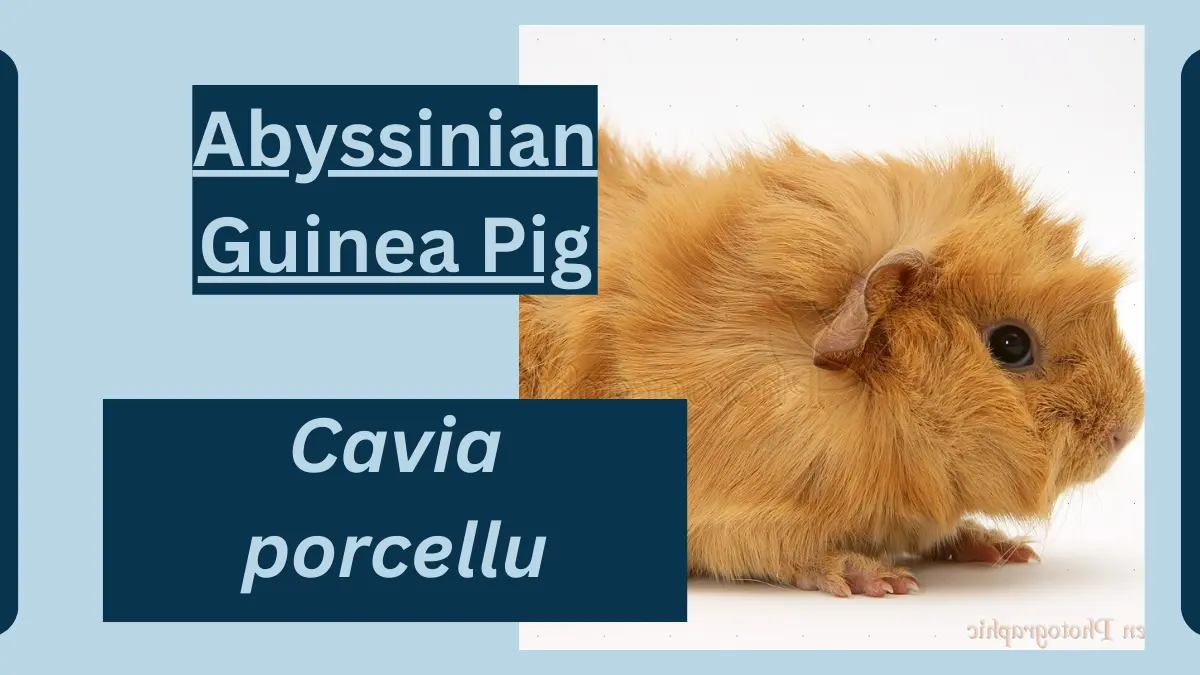Crabeater Seal-Classification, Appearance, Habitat, and Facts
The crabeater seal, scientifically known as Lobodon carcinophagus, is a species of true seal found primarily in the waters surrounding Antarctica. Despite its name, the crabeater seal does not feed on crabs but instead has a diet primarily composed of krill.

Crabeater Seal
Here are some facts about crabeater seals.
Scientific Classification
- Kingdom: Animalia
- Phylum: Chordata
- Class: Mammalia
- Order: Carnivora
- Family: Phocidae
- Genus: Lobodon
- Species: Lobodon carcinophagus
Physical Characteristics
- Size: Crabeater seals are medium-sized seals, with males typically reaching lengths of 2.3 to 2.6 meters (7.5 to 8.5 feet) and females being slightly smaller.
- Coat: They have a pale grayish or silver-gray coat with dark spots and irregular patterns, which provides effective camouflage against the sea ice and predators.
- Features: Crabeater seals have a sleek, streamlined body, and their foreflippers are adapted for swimming. Their teeth are specially designed for filtering krill from the water.
Habitat and Distribution
- Crabeater seals are primarily found in the pack ice surrounding Antarctica and the Antarctic Peninsula. They are ice-associated seals and are often seen lying on the ice floes.
Diet
- Despite their misleading name, crabeater seals are not crabeaters. They are specialized krill-eating seals. Their diet primarily consists of Antarctic krill, a small shrimp-like crustacean that is abundant in the Southern Ocean.
Behavior
- Crabeater seals are highly social animals and are often seen in large groups, especially during the breeding season.
- They are excellent swimmers and can cover long distances in search of food. When not in the water, they spend a significant amount of time basking on ice floes.
Reproduction
- Breeding: Crabeater seals give birth to their pups on the sea ice. The breeding season typically occurs in October and November.
- Pups: A single pup is born after a gestation period of about 11 months. The mother provides care and nourishment to the pup, which is weaned in a few weeks.
Predators and Threats
- Crabeater seals have few natural predators, as they are well-adapted to their harsh environment. However, they can fall victim to large predators like killer whales and leopard seals.
- Climate change and the reduction of sea ice can impact their habitat and availability of food.
Conservation Status
Crabeater seals are not considered a threatened species. They have a stable population and a large range, with their main threat being habitat loss due to climate change and human activities in the Antarctic region.
Crabeater seals are an integral part of the Antarctic ecosystem, playing a key role in the food chain by consuming krill and serving as prey for larger predators. Their adaptation to life in one of the harshest environments on Earth is a testament to their resilience and the wonders of nature.







Leave a Reply